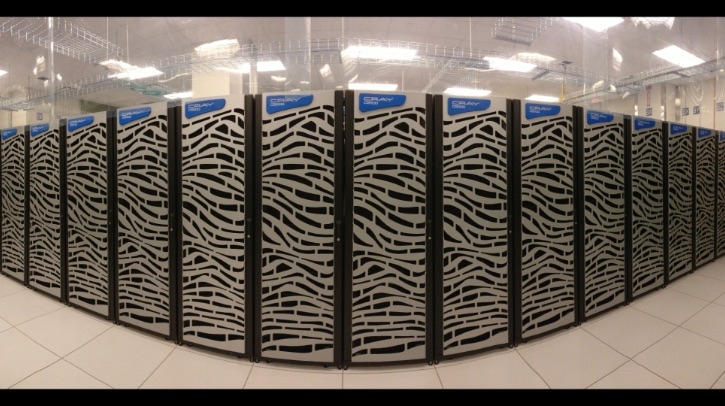The Bipartisan Infrastructure Law and Inflation Reduction Act has awarded US$100m in funding to General Dynamics Information Technology for NOAA’s newest high-performance computer (HPC) system, called Rhea. Rhea will be used to advance research on weather, climate, ocean and ecosystem prediction.
NOAA’s high-performance computer
The addition of Rhea will add about eight petaflops of computing speed and capacity to NOAA’s existing R&D HPC capacity of 35 petaflops, bringing the total to 43 petaflops. A petaflop is one thousand trillion, or one quadrillion, operations per second, and represents an extremely fast computing speed for a single machine. In addition, NOAA is integrating another HPC system at the NOAA Environmental Security Computing Center (NESCC) that will bring the grand total of R&D HPC to approximately 48 petaflops.
Rhea features graphics processing units that will accelerate NOAA’s use of AI/ML in a range of areas, including monitoring marine life species, weather forecasting and modeling of specific environmental phenomena such as atmospheric rivers, fire weather and hurricane intensification using Earth observations. The new computing capacity will also be used for weather and climate model development to improve drought, flood and wildfire prediction and forecasting.
Modular data center for weather forecasting
The US$100m in federal funding will support the installation of a modular data center unit that will house Rhea, storage, networking and switches, and be connected to the current HPC center at the NESCC in Fairmont, West Virginia. (NESCC currently is the home of the Hera HPC.) This project represents a novel approach to expanding HPC and provides room for several additional modular data centers to be added in the future to further expand HPC speed and power for NOAA and other federal and private partners.
Once online, Rhea will be part of NOAA’s Research and Development High Performance Computing System, which includes four other research and development (R&D) HPC centers. The other sites are located in Boulder, Colorado; Princeton, New Jersey; Oak Ridge, Tennessee; and on the campus of Mississippi State University in Starkville, Mississippi.
AI and ML in environmental research
“The Rhea high-performance computer system adds needed computing capacity for NOAA to expand critical research that supports the nation’s climate resilience,” said Assistant Secretary of Commerce Michael C Morgan, PhD. “The new system will strengthen NOAA’s exploration and application of artificial intelligence and machine learning (AI/ML) capabilities, which will ultimately improve weather, ocean and climate forecasting, ecosystem modeling and the use of satellite Earth observations to understand climate changes.”
“This investment in high-performance computing will result in significant scientific and economic impacts,” said Zachary Goldstein, NOAA chief information officer and director of high-performance computing. “The computer’s installation at the NOAA Environmental Security Computing Center in West Virginia will strengthen NOAA’s partnership with the West Virginia High Technology Foundation, which is committed to building a stronger, more diverse economy for the region.”
According to the organization, NOAA’s Research and Development High-Performance Computing System has already helped NOAA improve weather forecasting and climate projections by increasing the warning times for hurricanes, tornadoes and tsunamis. HPC has helped researchers better understand ocean dynamics, our changing climate and its impacts, and supported private enterprise with research to inform economic decision-making.
In related news, NIWA (National Institute of Water and Atmospheric Research) recently purchased a NZ$20m (US$12m) supercomputer to enable high-resolution weather and climate forecasting 24/7, using data from weather stations around the world. Click here to read the full story.



